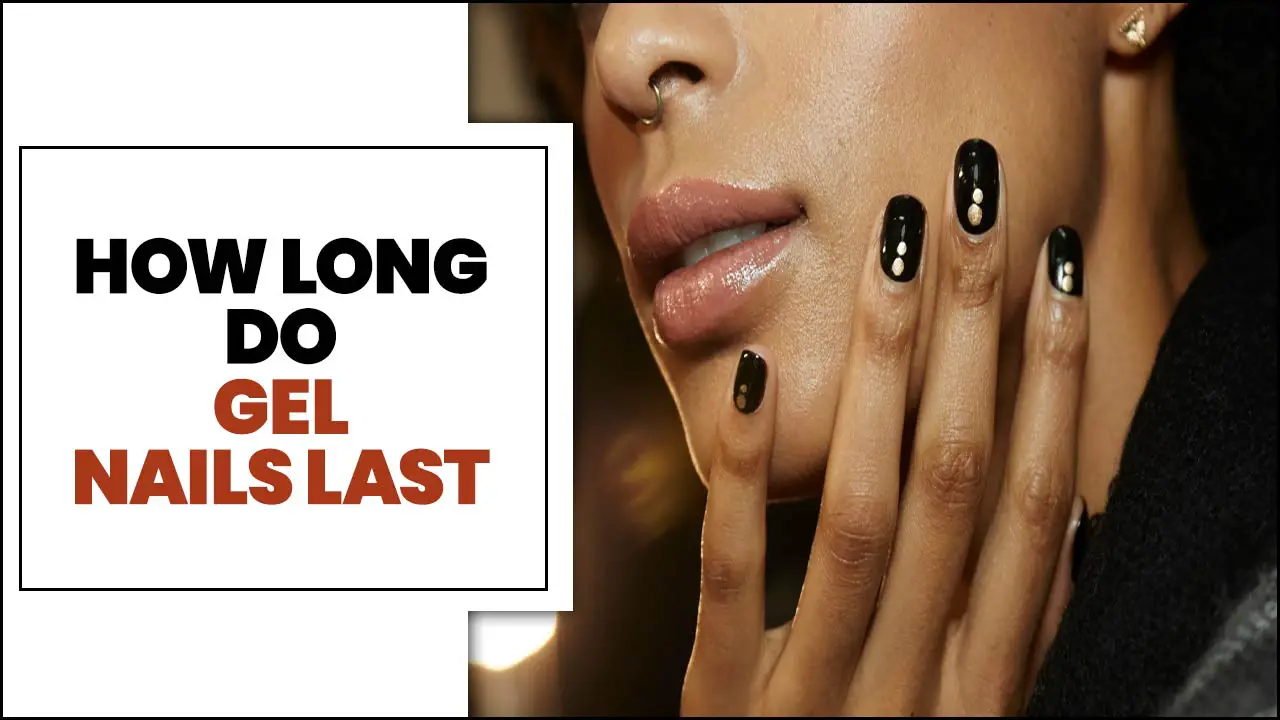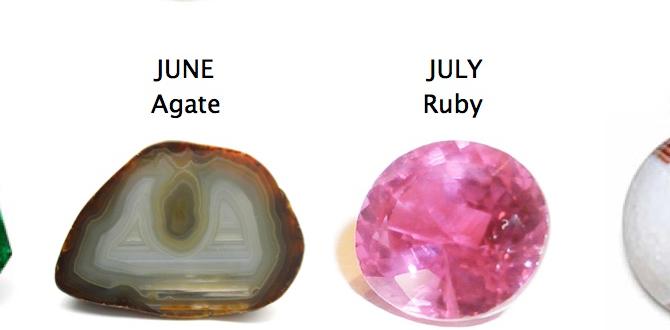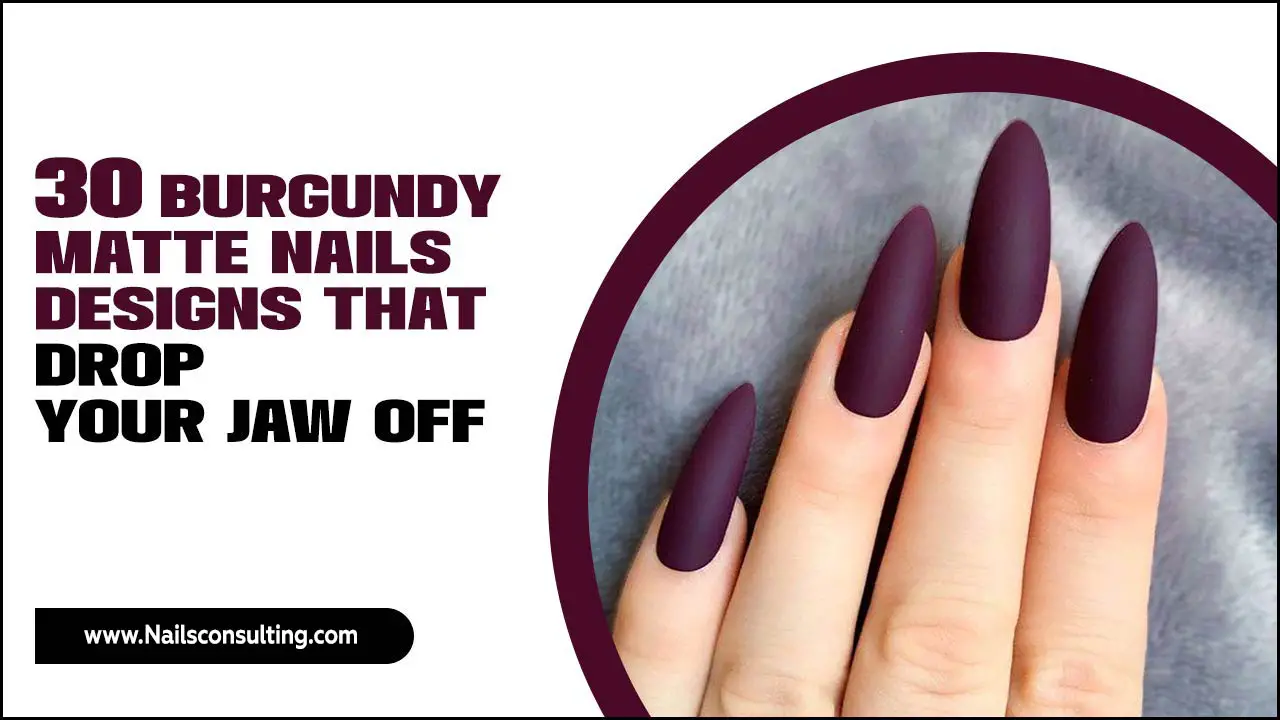Bangla traditional nails motifs offer stunning, culturally rich designs perfect for accentuating your manicure with unique artistry. Learn simple ways to explore these beautiful patterns for elegant, expressive nail art.
Welcome to Nailerguy! Ever looked at a beautiful design and thought, “That’s gorgeous, but too complicated for me?” I get it! Sometimes diving into nail art can feel like learning a new language. But what if I told you that some of the most captivating designs are inspired by ages-old traditions, and with a little guidance, you can bring them to life on your own nails? Today, we’re exploring the wonderful world of Bangla traditional nail motifs. These aren’t just pretty pictures; they’re tiny pieces of art telling stories. Forget intimidating techniques – we’ll break it down so you can create breathtaking manicures that are both meaningful and totally achievable. Ready to add a touch of Bengali elegance to your fingertips? Let’s get started!
Unveiling the Beauty: What Are Bangla Traditional Nail Motifs?
Bangla traditional nail motifs are intricate designs inspired by the rich cultural heritage of Bengal, a region spanning Bangladesh and the Indian state of West Bengal. These patterns are deeply rooted in various forms of folk art, symbolism, and ancient practices, often seen adorning hands during festivals, weddings, and religious ceremonies. Think of them as miniature masterpieces painted with intention and tradition. They’re not just about aesthetics; they often carry cultural significance, representing prosperity, fertility, or divine blessings.
Historically, these motifs were often applied using natural dyes like alta (a red dye) and turmeric, especially during auspicious occasions. While we’ll be using modern nail polish for convenience and longevity, the spirit of these traditional designs remains the same. They offer a unique way to connect with a vibrant culture and express your personal style with a touch of timeless elegance.
Why Embrace Bangla Nail Motifs? The Allure and Meaning
There’s a special charm in adorning your nails with motifs that carry history and meaning. Bangla traditional designs offer a unique blend of art, culture, and personal expression.
Cultural Connection: These designs are a beautiful way to celebrate and connect with Bengali heritage. They are a subtle yet striking nod to a rich cultural tapestry.
Uniqueness: Stand out from the crowd with designs that are far from the typical trendy patterns. Each motif tells a story and adds a distinct character to your look.
Symbolism: Many traditional motifs carry auspicious meanings. For instance, the banyan tree can symbolize longevity, while floral patterns often represent beauty and good fortune.
Artistic Expression: They offer a fantastic canvas for creativity. From simple flowers to complex geometric patterns, you can adapt them to suit your style and skill level.
Versatility: These motifs can be adapted to any occasion, from everyday elegance to festive celebrations. They can be intricate and detailed or simplified for a modern, minimalist feel.
To understand the origins of this art form, it’s fascinating to look at its historical context. The practice of adorning the body with decorative patterns, including on nails, has a long history across South Asia. These motifs commonly draw inspiration from nature, religious symbols, and everyday life. For a deeper understanding of South Asian art traditions, you might find resources from an institution like the Metropolitan Museum of Art insightful, which often features collections related to textiles and decorative arts from the region.
Essential Tools for Your Bangla Nail Motif Journey
Don’t let the intricate look of these designs intimidate you! With the right tools, creating them can be surprisingly easy and fun. Here’s what you’ll need to get started:
Base Coat: This protects your natural nails and helps your polish adhere better.
Nail Polish Colors: Choose a good set of traditional Bengali colors! Think deep reds, vibrant oranges, earthy browns, deep greens, and classic blacks or whites for contrast.
Detail Nail Art Brushes: These are key! Look for fine-tipped brushes for precision work. A set usually includes various tip sizes.
Dotting Tools: Perfect for creating small dots and circular patterns, a staple in many Bangla motifs. They come in different sizes for varied dot dimensions.
Toothpick or Orange Stick: A budget-friendly alternative for dotting or creating fine lines if you don’t have specialized brushes.
Top Coat: To seal your design, add shine, and ensure your masterpiece lasts longer.
Nail Polish Remover and Cotton Swabs/Pads: For cleaning up any mistakes (because they happen to everyone!).
Nail Art Palette or Old Card: A surface to put a small amount of polish onto for loading your brushes.
Decoding the Motifs: Popular Bangla Traditional Designs
Bangla nail motifs are diverse, drawing inspiration from nature, mythology, and daily life. Here are some of the most popular and beginner-friendly ones to explore:
1. Floral Power: Blossoms and Vines
Flowers are a universal symbol of beauty, and in Bangla art, they represent prosperity, love, and nature’s bounty.
Simple Petals: Think of creating a small circle at the base of your nail or on the side, then painting simple, rounded petals around it. This can mimic a lotus or other local blossoms.
Vine and Leaf Patterns: Delicate vines can be drawn across the nail, often with small, tear-drop shaped leaves branching off. This creates an elegant, flowing look.
Kalki (Paisley) Inspired: While often seen in textiles, the paisley shape, with its curved feather or teardrop motif, can be adapted into nail art, often with floral embellishments within it.
2. The Dance of Dots: Polka and Patterns
Dots are fundamental building blocks in many traditional art forms, and they translate beautifully to nail art. They can be used individually or combined to form larger patterns.
Single Dots: A few strategically placed dots can add a minimalist charm.
Dotting Chains: Connecting dots in a line creates a simple yet attractive effect.
Geometric Dot Patterns: Arranging dots in circles, squares, or more complex geometric formations. This often forms the core of intricate designs.
Table: Dotting Tool Guide for Bangla Motifs
| Tool Type | Size (approx.) | Best For | Bangla Motif Application |
| :————- | :————- | :——————————————- | :———————————————————— |
| Dotting Tool 1 | 1 mm | Small, precise dots; intricate details | Creating small flower centers, fine pattern details, dew drops |
| Dotting Tool 2 | 2 mm | Standard dots; small circles | Building larger floral elements, repeating pattern units |
| Dotting Tool 3 | 3-4 mm | Larger dots; wider spacing | Creating bold accents, large flower petals, outlines |
| Toothpick | Variable | Fine lines, small dots (less control) | Quick dotting in a pinch, creating tiny outlines |
| Orange Stick | Flat/Pointed | Spreading polish, creating small texture | Roughing up polish for texture, not ideal for detailed motifs |
3. Nature’s Embrace: Leaves and Trees
Beyond flowers, other natural elements are frequently depicted.
Banyan Tree Roots: The iconic banyan tree, with its aerial roots reaching down, can be simplified into hanging lines or stylized root structures. The tree itself symbolizes longevity.
Peacock Feathers: While not exclusively Bangla, peacock motifs are common in South Asian art and can be stylized. The eye of the feather lends itself well to rounded designs.
4. Geometric Geometry: Lines and Shapes
Clean lines and geometric shapes play a significant role, adding structure and balance to designs.
Concentric Circles: Drawing circles within circles is a classic motif, often symbolizing the sun, moon, or a focus point.
Lines and Squares: Simple straight lines, often combined with small dots or squares, create a modern yet traditional feel.
5. The Sacred Symbols: A Touch of Spirituality
While not always explicitly used on nails in the same way they are in religious art, simplified versions of auspicious symbols can be incorporated.
Om (ॐ) or Swastika: Stylized versions of these sacred symbols can be painted with care for those who wish to incorporate a spiritual element (ensure respectful and appropriate use).
Mandala-like Patterns: The circular, radial symmetry found in mandalas can be a beautiful and calming motif to replicate on nails.
Step-by-Step: Creating Simple Bangla Nail Motifs – A Beginner’s Guide
Let’s get hands-on! Here’s a simple tutorial to get you started with a common Bangla-inspired floral and dot pattern.
Project: Elegant Two-Tone Floral Dots
This design combines a simple floral element with classic dotting for a sophisticated look.
Step 1: Prep Your Nails
Ensure your nails are clean, dry, and free of any old polish.
Push back your cuticles gently with an orange stick.
(Optional) File your nails into your desired shape.
Apply a thin layer of your favorite base coat. Let it dry completely. This step is crucial for protecting your natural nails and ensuring a smooth canvas.
Step 2: Apply Your Base Color
Choose a deep, rich color as your base. Reds, deep blues, or emerald greens work beautifully for a traditional feel.
Apply two thin, even coats of your chosen color. Allow each coat to dry for a minute or two before applying the next.
Let the final coat dry thoroughly. Patience here prevents smudging later!
Step 3: Create the Floral Center (Using Dotting Tool)
Pour a small amount of your accent polish color (e.g., white, gold, or a contrasting bright color) onto your palette or old card.
Dip the largest end of your dotting tool into the polish. You want a good, even ball of polish on the tip.
On each nail, near the cuticle or slightly off to one side, create a single, solid dot. This will be the center of your “flower.”
Step 4: Add Petals (Using a Fine Brush or Smaller Dotting Tool)
Using a fine-tipped nail art brush or a smaller dotting tool dipped in the same accent color, create smaller dots or tiny petal shapes radiating outwards from the center dot.
For a simple petal, you can make a slightly elongated tear-drop shape, with the pointed end touching the center dot.
Alternatively, simply add 4-6 small dots around the central dot for a very minimalist floral look. Aim for even spacing.
Step 5: Add Detail with Vines or Dots (Optional but Recommended!)
With a very fine brush or your smallest dotting tool, dip into your accent color polish again.
You can create a delicate, thin vine swooping from one side of the nail to the other, or a couple of small leaves.
Alternatively, add a few small dots scattered elsewhere on the nail, or create a small chain of dots along the free edge or near the cuticle. This adds visual interest and a classic touch.
Step 6: Clean Up Your Edges
Dip a cotton swab or the tip of an orange stick into nail polish remover.
Carefully trace around your cuticle and the sides of your nail to remove any polish that might have gotten on your skin. This will make your design look polished and professional.
Step 7: Seal with a Top Coat
Once all the polish is completely dry (give it at least 5-10 minutes!), apply a generous, even layer of clear top coat over the entire nail.
Make sure to cap the free edge by sweeping the brush across the tip of your nail. This helps prevent chipping and seals in your beautiful Bangla motif.
Let the top coat dry completely.
And there you have it! A beautiful, traditional-inspired nail motif that’s elegant and surprisingly simple to create.
Exploring More Complex Motifs: Tips for Growth
Once you’re comfortable with the basics, you can start experimenting with more elaborate designs.
Multi-color Palettes: Don’t shy away from using 3-4 colors in a single design for richer patterns.
Layering: Apply a base pattern, let it dry, then add finer details or dots on top.
Symmetry: Pay attention to how you place elements on the nail. Symmetrical designs often look more balanced and traditionally appealing.
Study Traditional Art: Look at Bengali alpona (floor art), pattachitra (scroll painting), or even textile patterns for inspiration. You can adapt elements from these to your nails. For instance, exploring the Pattachitra paintings from Odisha, a similar tradition in Indian art, can offer a wealth of pattern ideas.
Practice Makes Perfect: The more you practice, the steadier your hand will become, and the more intricate designs you’ll be able to achieve.
Common Mistakes and How to Fix Them
Even experienced artists make mistakes! Here’s how to handle common hiccups:
Smudged Polish: If you accidentally smudge a wet design, gently dab over the smudge with a clean brush dipped in remover. Then, carefully try to reshape the design or cover the area with a strategically placed dot or small line. If it’s a major smudge, it might be best to carefully remove the polish from that nail and start again.
Messy Lines: For wobbly lines, use a clean, fine-tipped brush dipped in nail polish remover to gently “erase” the excess. Afterwards, you can try to redraw a cleaner line if needed.
Too Much Polish on Brush: If your brush is loaded with too much polish, it can lead to globs and uneven lines. Always wipe off excess polish on the edge of the bottle neck or your palette before applying.
Uneven Dots: If your dots aren’t coming out as consistently as you’d like, try cleaning your dotting tool between applications. Sometimes a small amount of dried polish on the tool can make it harder to get a perfect dot.
Maintaining Your Bangla Nail Art
To keep your beautiful Bangla motifs looking fresh and vibrant, follow these simple maintenance tips:
Reapply Top Coat: Every 2-3 days, add another thin layer of top coat. This refreshes the shine and adds an extra protective layer.
Be Gentle: Avoid using your nails as tools for scraping or prying things open. This can lead to chips and scratches.
Moisturize: Keep your cuticles and hands moisturized with cuticle oil or hand cream. Healthy nails are less prone to breaking and better support intricate art.
* Gloves for Chores:** Wear rubber gloves when doing dishes or cleaning to protect your manicure from harsh chemicals and prolonged water exposure.
FAQ: Your Bangla Nail Motif Questions Answered
Q1: What colors are typically used in Bangla traditional nail motifs?
Make sure to cap the free edge by sweeping the brush across the tip of your nail. This helps prevent chipping and seals in your beautiful Bangla motif.
Let the top coat dry completely.
A1: Traditional colors often include deep reds, oranges, earthy browns, black, and white. Golds and vibrant greens are also popular for accentuating designs.
Q2: Can I use plain toothpicks instead of nail art brushes?
A2: Yes, toothpicks can be used for creating small dots and very fine lines, especially in a pinch! They offer less control than specialized brushes but are a great beginner-friendly option.
Q3: How long does Bangla-inspired nail art usually take to do?
A3: For simple designs, you can expect to spend about 30-60 minutes. More intricate patterns might take longer, perhaps 1-2 hours, especially if you’re new to nail art.
Q4: Is there a specific occasion for wearing these motifs?
A4: While traditionally seen during festivals, weddings, and auspicious celebrations (like Pohela Boishakh – Bengali New Year), these motifs are versatile and can be worn any time you want to express a unique, artistic style.
Q5: Where else can I find inspiration for Bangla nail motifs?
A5: Look at traditional Bengali Alpona (floor art), Nakshi Kantha embroidery, Pattachitra paintings, and even general South Asian folk art for endless design ideas.
Q6: My lines are shaky. What can I do?
A6: To steady your hand, rest your wrist and forearm on a flat surface. Use your smallest brush and don’t overload it with polish. Practice drawing lines on paper first! Clean up any wobbles immediately with a brush dipped in remover.
Q7: What are the benefits of using a base coat and top coat?
A7: A base coat prevents nail polish from staining your natural nails and helps the color adhere better, making your manicure last longer. A top coat adds shine, protects the design from chipping and wear, and seals everything in.
Conclusion: Wear Your Art with Pride!
Exploring Bangla traditional nail motifs is a beautiful journey into a world of art, culture, and self-expression. From the delicate dance of floral patterns to the grounding presence of geometric shapes, these designs offer endless possibilities to transform your nails into tiny canvases of tradition. Remember, nail art is all about having fun and letting your creativity shine. Don’t be afraid to experiment with colors, techniques, and your own unique style. Embrace the imperfections, celebrate the process, and wear your beautifully adorned nails with confidence and pride. You’ve got this! Now go forth and create something stunning!



